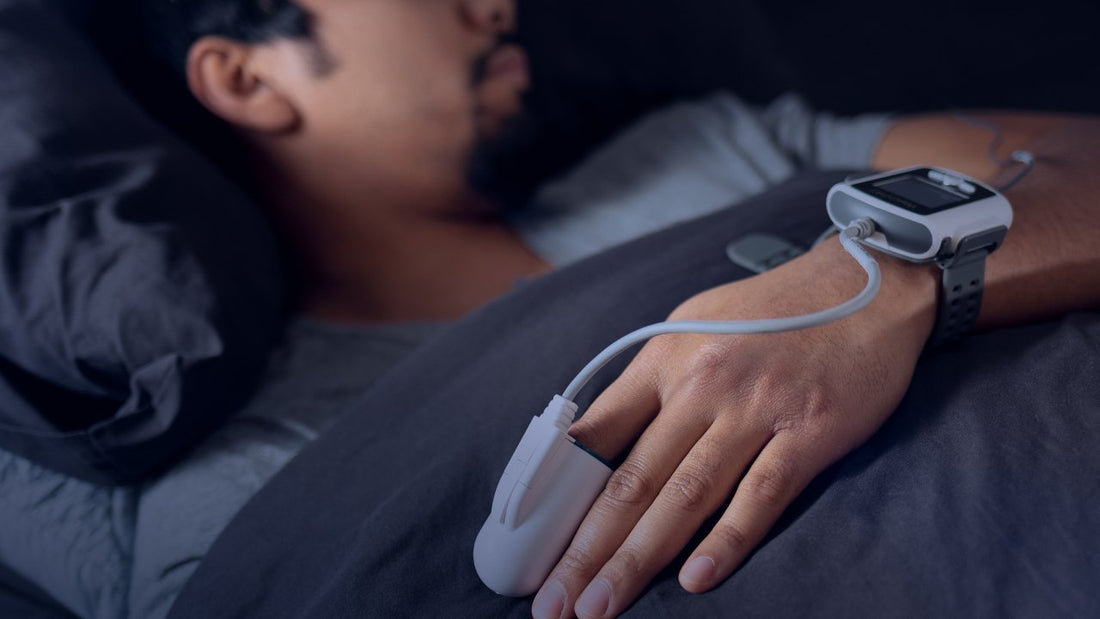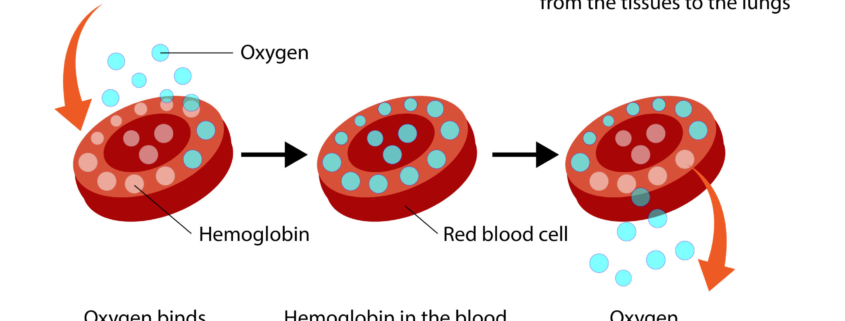Why Normal Sleep Oxygen Levels Matter for Your Health in 2025

Why Normal Sleep Oxygen Levels Matter for Your Health in 2025. In 2025, advancements in health technology have made it easier than ever to monitor various aspects of our well-being, including sleep oxygen levels. While it may seem like a small detail, maintaining normal sleep oxygen levels is crucial for overall health. Let’s explore why these levels matter and how you can ensure they stay within a healthy range.
Understanding Sleep Oxygen Levels

Sleep oxygen levels, or oxygen saturation (SpO2), refer to the amount of oxygen circulating in your blood while you sleep. Normal levels typically range between 95% and 100%, indicating that your body is getting the oxygen it needs to function correctly. When these levels drop below 95%, it can indicate potential health issues, such as sleep apnea or respiratory disorders.
The Role of Sleep Oxygen Levels in Health

Maintaining normal sleep oxygen levels is essential for various bodily functions. Oxygen is crucial for cellular respiration, the process by which cells produce energy. During sleep, the body undergoes numerous restorative processes, and adequate oxygen levels are necessary to support these functions. Here are some ways sleep oxygen levels impact health:
- Cardiovascular Health: Low oxygen levels during sleep can strain the cardiovascular system. The heart works harder to pump oxygen-depleted blood, which can lead to hypertension, arrhythmias, and other heart-related conditions. (Read More: Top Tips for Troubleshooting Fitness 19 Login Issues).
- Cognitive Function: Adequate oxygen levels are vital for brain health. Prolonged periods of low oxygen saturation can affect cognitive function, leading to difficulties in concentration, memory, and decision-making. Severe cases may even contribute to cognitive decline and dementia.
- Immune System: Oxygen plays a crucial role in maintaining a robust immune system. Low oxygen levels can impair the body’s ability to fight infections, making individuals more susceptible to illnesses.
- Energy Levels: Poor sleep quality due to low oxygen levels can result in daytime fatigue and decreased energy levels. This can affect productivity, mood, and overall quality of life.
Technological Advancements in Monitoring
In 2025, wearable technology has revolutionized the way we monitor sleep health. Devices like smartwatches, fitness trackers, and dedicated sleep monitors are equipped with advanced sensors to measure oxygen levels continuously throughout the night. These devices use photoplethysmography (PPG) sensors, which emit light and measure how much is absorbed by the blood to estimate oxygen levels. (Read More: A Healthy Diet: Key to Sustainable Weight Loss in 2024).
The integration of artificial intelligence (AI) and machine learning algorithms allows these devices to analyze data and provide personalized insights and recommendations for improving sleep quality. The accessibility and accuracy of these devices have made it easier for individuals to monitor their sleep health at home.
Identifying and Addressing Low Oxygen Levels

Early detection of low sleep oxygen levels is crucial for preventing potential health problems. Here are some steps to address low oxygen levels:
- Consult a Healthcare Professional: If your sleep monitoring device indicates consistently low oxygen levels, it’s essential to consult a healthcare professional. They can perform further tests to diagnose underlying conditions and recommend appropriate treatments. (Read More: How Active Fitness Is Transforming Health Routines in 2024).
- Lifestyle Changes: Simple lifestyle changes can significantly impact sleep oxygen levels. Maintaining a healthy weight, avoiding alcohol and smoking, and creating a conducive sleep environment can help improve oxygen saturation.
- Breathing Exercises: Practicing breathing exercises before bed can enhance lung capacity and improve oxygen intake. Techniques like diaphragmatic breathing and pursed-lip breathing can be particularly beneficial.
- Use of CPAP Devices: For individuals with sleep apnea, continuous positive airway pressure (CPAP) devices can help maintain normal oxygen levels by keeping the airway open during sleep.
- Monitor and Adjust: Continuously monitoring sleep oxygen levels with wearable devices allows individuals to make informed adjustments to their lifestyle and treatment plans.
Conclusion article Why Normal Sleep Oxygen Levels Matter for Your Health in 2025
In 2025, understanding and maintaining normal sleep oxygen levels is more accessible than ever, thanks to technological advancements. By monitoring these levels, individuals can take proactive steps to ensure their sleep quality and overall health. Maintaining normal sleep oxygen levels is vital for cardiovascular health, cognitive function, immune support, and energy levels. As we continue to prioritize sleep health, embracing these advancements will pave the way for a healthier future.
By staying informed and utilizing the latest technology, we can all take steps to ensure that our sleep oxygen levels remain within a healthy range, ultimately leading to better health and well-being.







1 thought on “Why Normal Sleep Oxygen Levels Matter for Your Health in 2025”
Comments are closed.